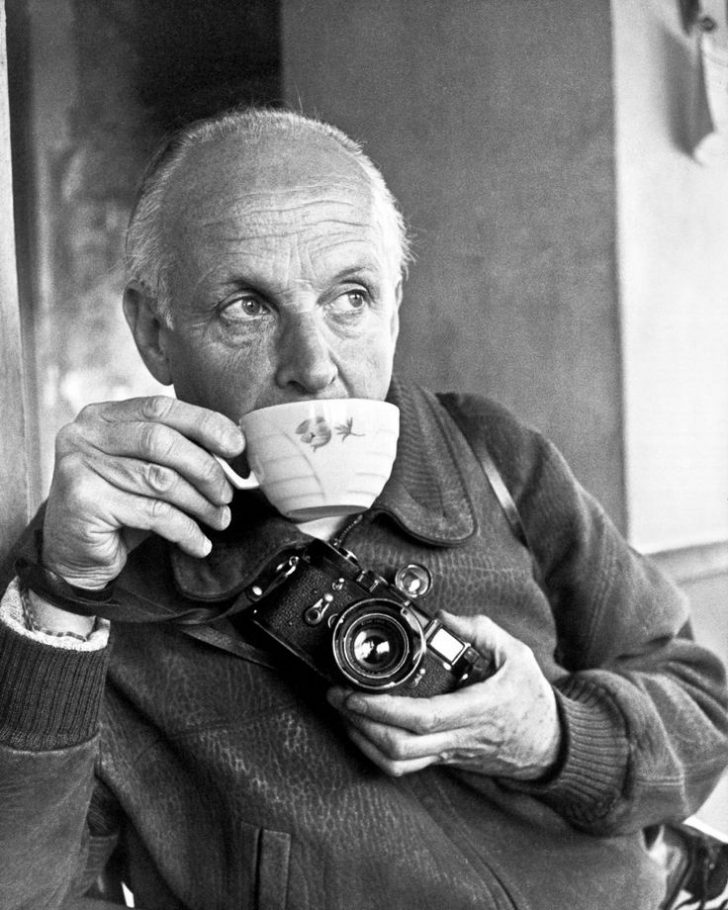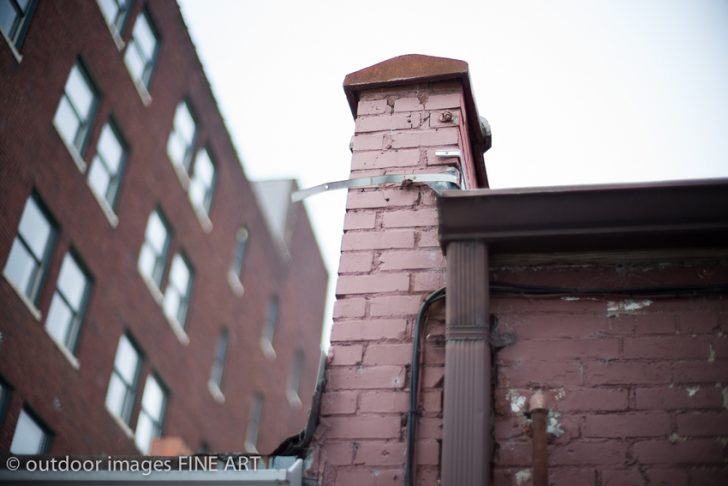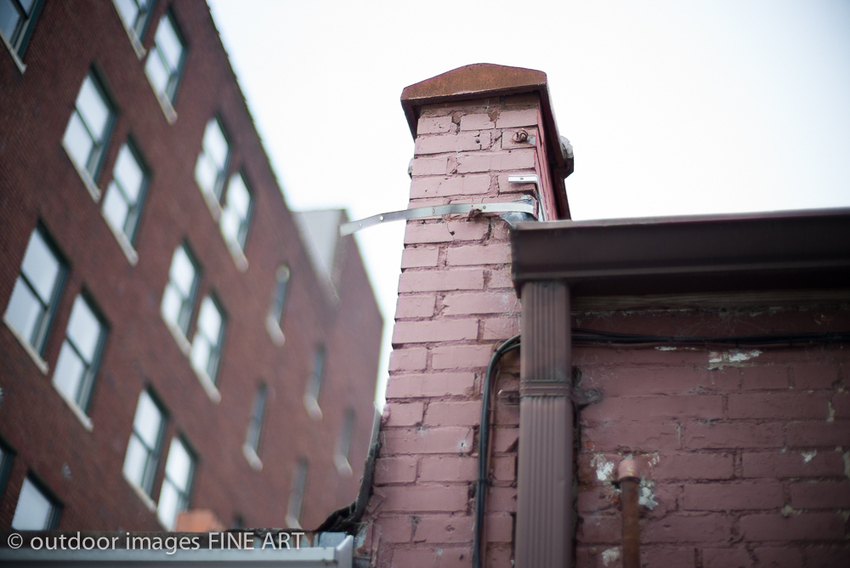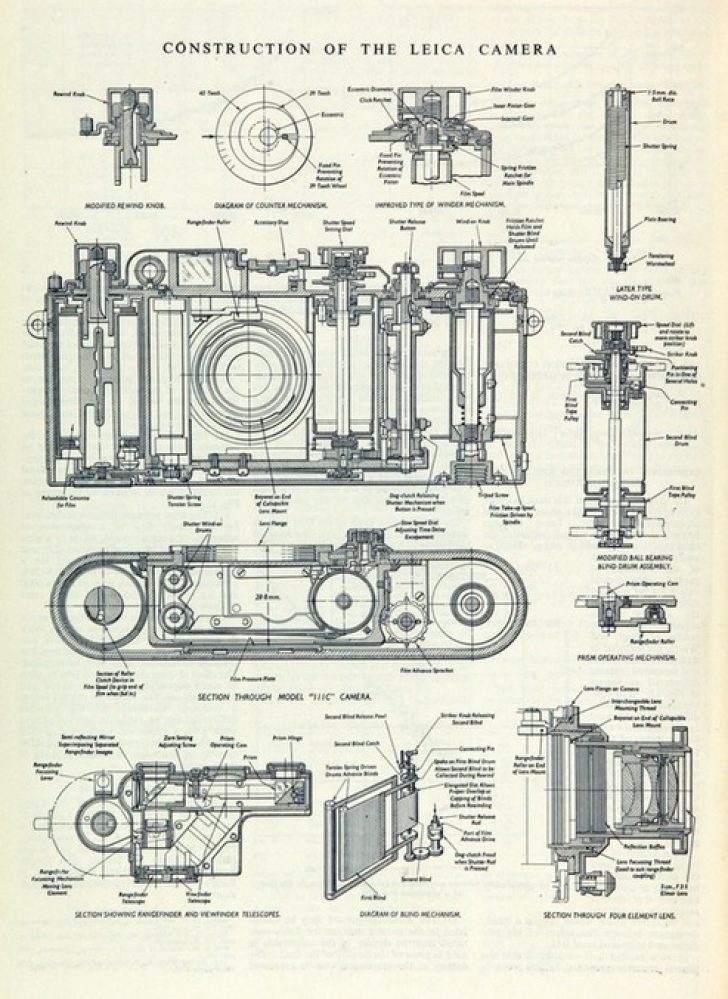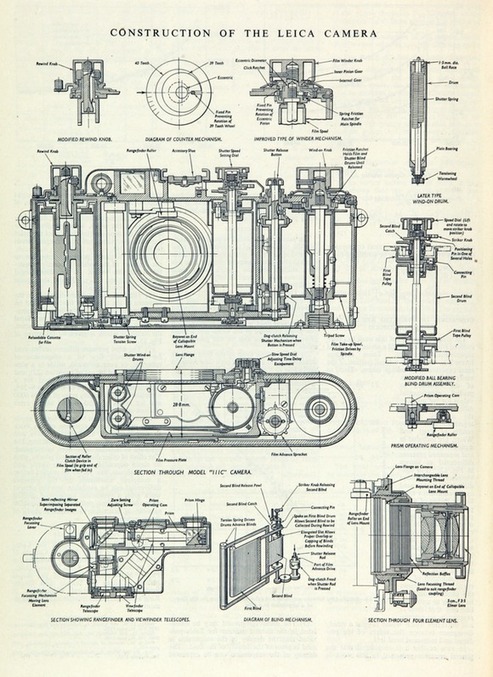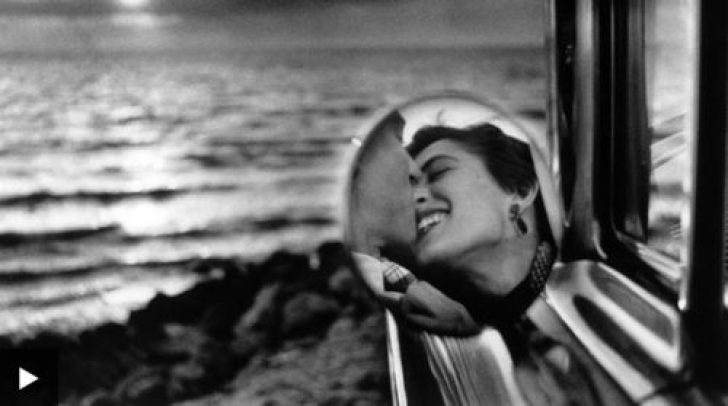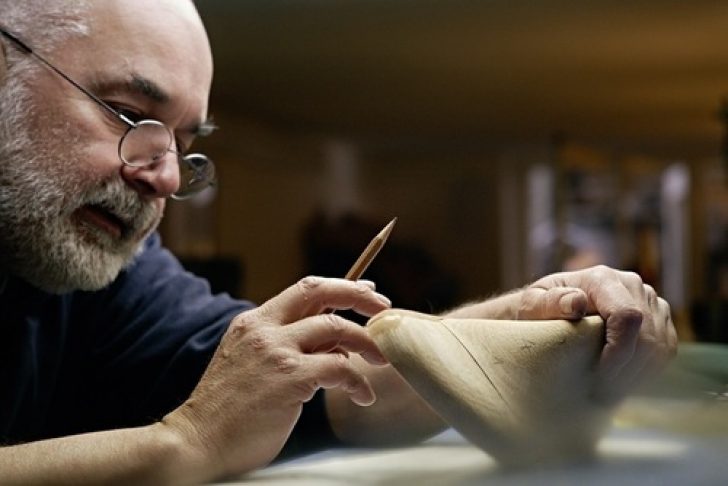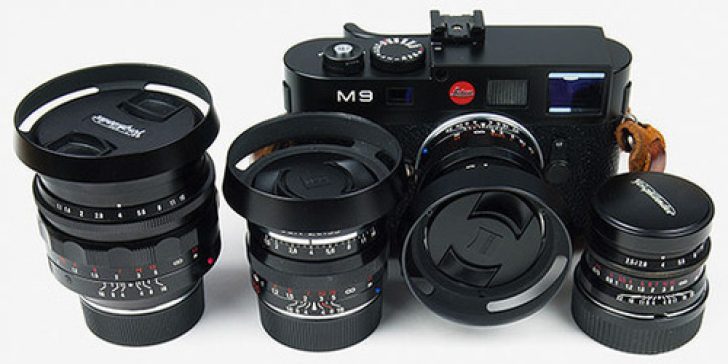The Cult of Leica | Leicaphilia
Fifty miles north of Frankfurt lies the small German town of Solms. Turn off the main thoroughfare and you find yourself driving down tranquil suburban streets, with detached houses set back from the road, and, on a warm morning in Read more …
Product strategy at Leica | The TAO of Leica
From 1925 to 1990 Leica followed the strategy of producing a few high-end, high-quality camera lines, at first the I,II, III series with minor variations to differentiate the price tags, later the M line was added, then the III was dropped and the Leicaflex and R-range came alongside the M. There is a big question-mark around the R-range as a high-end camera as it certainly showed mechanical quality, but the engineering was a bit contrived to say the least. The mono-culture in product range did not serve the company well and Leitz had to sell his stake in the ownership to the Swiss investor Schmidtheiny. In 1989 Leica expanded the range of cameras with compact cameras ‘loaned’ from Minolta and later Panasonic. The idea was that the company needed to broaden the consumer base and thus to generate more money.
Source: www.imx.nl
Meet the Leica Meet: Paul Borg Olivier, My Valletta |
The Leica Camera Blog
This interview is part of a series in which Olaf Willoughby talks with Leica Meet members about their photographic projects, their stories, goals and learnings along the way. This month’s interview tells the story of Paul Borg Olivier. From Mayor of Valletta to telling the story of his city, from a IIIc to an M9-P all in one year — it makes for fascinating reading. Q: To start can you give me an overview of your project? What is its title and main theme? A: I was born and bred in Valletta, Malta’s Capital, a world heritage site declared by UNESCO and the European Cultural Capital for 2018. I served the city as its Mayor for ten years, a time that engaged me into the plaited link between the city, its people and its port. I stepped back into a political sabbatical to capture the texture of the city through its social and political dynamics. This is what led me to the theme of my ongoing project, „My Valletta: A City, its People and its Port“. Q: And how […]
Source: blog.leica-camera.com
The Music of the Night – the Noctilux | David Knoble
This is from the song, The Music of the Night, from the Phantom of the Opera. It remains one of my favorite broadway songs, but more particularly, it describes the use of the Noctilux lenses by Leica. I use the Canadian design carrying a maximum aperture of f/1.0. This lens was made from 1978 through 2008 before the Noctilux f/0.95 was released. One of the major differences between these lenses is the soul of the lens. The f/0.95 lens has the more modern crispness about it, while the f/1.0 retains that classical look with classical aberrations. I liken the use of the Noctilux to the draw from the Phantom in his music, luring us to the night……
Source: blog.outdoorimagesfineart.com
Leica Photokina 2014 Exhibition Concept | La Vida Leica!
The theme of Leica’s photo exhibition at the Photokina 2014 show this year in September will feature music and will include work from internationally renowned photographers such as Jim Marshall, Glen Craig, Jürgen Schade Berg, Anton Corbijn and more. Once again this year, Leica Camera AG at photokina in Cologne presents unique photo exhibitions and displays from 16 to September 21, 2014 projects by internationally renowned photographers and well-known artists. This year’s exhibition concept of the Leica Gallery in Hall 1 at the Cologne exhibition focuses on impressive photo art around the theme of music. The exhibitions were curated by Karin Rehn-Kaufmann, General Manager for Leica Galleries International, and Inas Fayed, chief editor of the Leica Fotografie International (LFI)……..
Source: lavidaleica.com
The Engineer 1957 | The TAO of Leica
The British once had an excellent tradition in engineering, optical technology and photography. I found in one of the issues of 1957 this picture that I wish to share with you…….
Source: www.imx.nl
Wide Lux Monochrom | David English
 If you have an M Monochrom camera, should you use a Summilux lens? The Monochrom performs quite well at high ISO settings, so why spend the extra money when you could buy a Summicron or Super-Elmar at the same focal length? The answer is versatility. Once the sun sets, or you go inside, you can o…
If you have an M Monochrom camera, should you use a Summilux lens? The Monochrom performs quite well at high ISO settings, so why spend the extra money when you could buy a Summicron or Super-Elmar at the same focal length? The answer is versatility. Once the sun sets, or you go inside, you can o…
One hundred years of Leica cameras | BBC
In 1914 optical engineer Oskar Barnack was working for Ernst Leitz when he designed the very first Leica, the Leitz Camera, or so-called Ur-Leica. The small handheld camera, one of the first to use 35mm film, finally went into production Read more …
The Shoemaker with a Macro-Elmar-M 1:4/90 mm and
Macro-Adapter M | Oliver Rüther
Photographer Oliver Rüther from Wiesbaden is known for his portraits and reportages, working for many renowned newspapers and magazines as well as agencies and companies in German-speaking countries. He got an early chance to try out prototypes of the new Read more …
What Is a „Good“ Lens? | La Vida Leica!
In this article, we’ll take a look at what makes a „good“ lens and the various aspects one must look at when making that determination. Not just the technical, but also the optical (and thus artistic) characteristics. While the former Read more …

